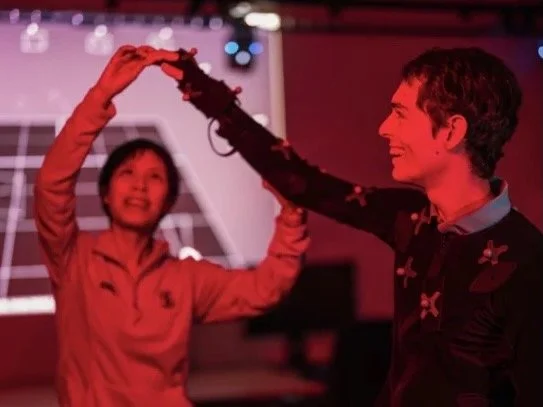Autonomous Systems (ASL)
ASL is developing methodologies for the analysis, design, and control of autonomous systems, in particular self-driving cars, aerospace vehicles, and future mobility systems. The lab’s expertise in control theory, robotics, optimization, and machine learning guides us in developing new methods for operation in uncertain, rapidly changing, and potentially adversarial environments aimed at practical, computationally efficient, and provably correct algorithms for field deployment.
Biomechatronics
The Biomechatronics Lab develops wearable robotic devices to improve the efficiency, speed, and balance of walking and running, especially for people with disabilities. With a focus on speed and systematization of the design process, we develop versatile hardware prosthesis and exoskeleton emulators for human-in-the-loop optimization. We are researching topics such as human balance measurement, joint pain reduction, and novel actuation mechanisms for efficient exoskeletons.
Multi-Robot Systems (MSL)
MSL develops algorithms for collaboration, coordination, and competition among machine/human teams in unstructured natural environments, including operation in complex traffic understanding and signaling intent, in 3D flying races against human pilots at the edge of the dynamic envelope; and for large-scale drone aerial remote surveys. Building on optimization, control and game theory, and machine learning, we develop the essentials for robots entering the real world.
Navigation and Autonomous Vehicles (NAV)
The Navigation and Autonomous Vehicles (NAV) Lab conducts research on robust and secure positioning, navigation, and timing technologies. We focus on navigation safety, cyber security, and resilience to errors and uncertainties using machine learning, advanced signal processing, and formal verification methods. Our research has a wide range of applications, including manned and unmanned aerial vehicles, autonomous driving cars, as well as space robotics.
Movement
The Movement Lab creates coordinated, functional, and efficient whole-body movements for digital agents and for real robots to interact with the world. We focus on holistic motor behaviors that involve fusing multiple modalities of perception to produce intelligent and natural movements. We study “motion intelligence” in the context of complex ecological environments, involving both high-level decision making and low-level physical execution. We develop computational approaches to modeling realistic human movements for Computer Graphics and Biomechanics applications, learning complex control policies for humanoids and assistive robots, and advancing fundamental numerical simulation and optimal control algorithms.
Intelligent Systems Laboratory (SISL)
SISL studies robust decision-making in settings involving complex and dynamic environments where safety and efficiency must be balanced. We apply our work to challenges including autonomous driving, route planning, deep reinforcement learning, and safety and validation, addressing algorithms for efficiently deriving optimal decision strategies from high-dimensional, probabilistic representations, and establishing confidence in their safe and correct application in the real world.
Neuromuscular Biomechanics (NMBL)
NMBL investigators use ourexpertise in biomechanics, computer science, imaging, robotics, and neuroscience to analyze muscle function, study human movement, design medical technologies, and optimize human performance.
Geometric Computation Group (GCG)
GCG addresses algorithmic problems in modeling physical objects and phenomena, studying computation, communication, and sensing as applied to the physical world. Interests include the analysis of shape or image collections, geometric modeling with point cloud data, deep architectures for geometric data, 3D reconstruction, deformations and contacts, sensor networks for lightweight distributed estimation/reasoning, the analysis of mobility data, and modeling the shape and motion of biological macromolecules and other biological structures.








